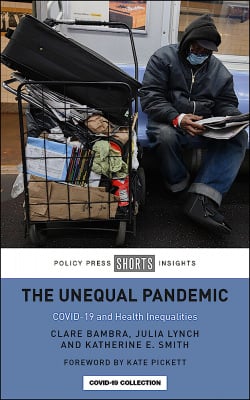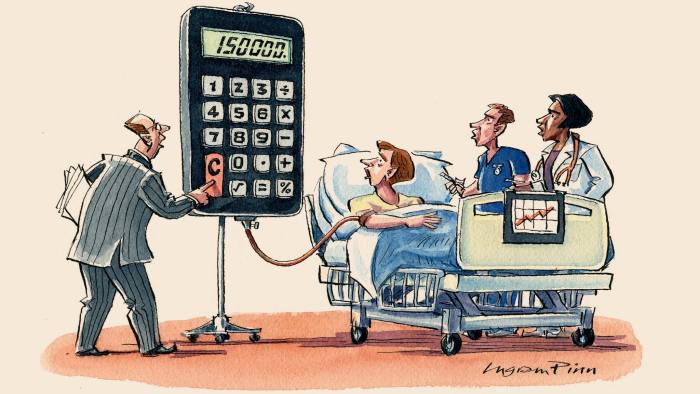Health for All Policies. The Co-Benefits of Intersectoral Action
Hi va haver una època d'émfasi continuada a la salut a totes les polítiques. Ja fa anys que parlàvem dels PINSAP i va passar a l'oblit el 2020, era massa important. Si per cada decret del govern cal mirar les implicacions de salut, llavors n'hi ha que s'incomoden i diuen prou. I això és el que va passar. Ara ningú en parla.
Caldria resituar novament la qüestió. És massa rellevant per haver-ho deixat de banda. L'OMS en aquest llibre recent diu que el que cal fer. Algun dels governants que han de venir aviat convindria que el llegís i l'apliqués. Podria començar recuperant el PINSAP que tant bé es va crear i després es va oblidar, i afegís algunes peces noves a l'engranatge.
Aquest és l'índex:
1. From Health in All Policies to Health for All Policies: the logic of co-benefits
2. Finding and understanding co-benefits
3. Politics and governance for co-benefits
4. Next steps: making Health for All Policies
5. SDG1, eliminating poverty: improvements to health coverage design as a means to create co-benefits between health system and poverty Sustainable Development Goals
6. SDG4, education: education as a lever for sustainable development
7. SDG5, gender equality: co-benefits and challenges
8. SDG8, promoting decent work and economic growth: health policies for good jobs
9. SDG9, industry, innovation and infrastructure: technology and knowledge transfer as means to generate co-benefits between health and industrial Sustainable Development Goals
10. SDG10, reduced inequalities: the effect of health policy on inequalities: evidence from South Africa
11. SDG11, sustainable cities and communities: making cities healthy, sustainable, inclusive and resilient through strong health governance
12. SDG13, climate action: health systems as stakeholders and implementors in climate policy change
13. SDG17, means of implementation: strengthen the means of implementation and revitalize the Global Partnership for Sustainable Development
Appendix Case study: climate-driven health hazards – natural disasters.
El trobareu en obert aquí.









